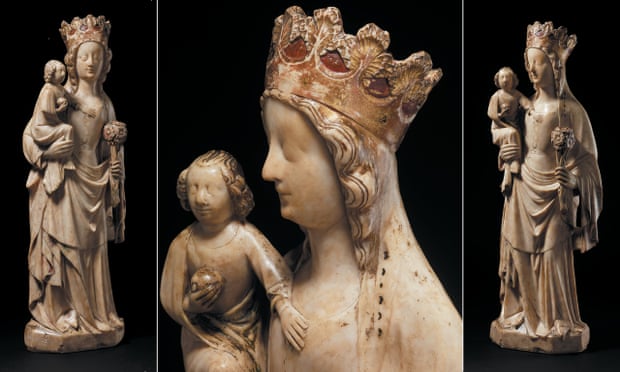Somehow the statue escaped the wholesale wrecking of religious artifacts in churches and cathedrals during the Protestant Reformation of the mid-1500s to travel across the Channel. De Beer and his colleagues speculated that it might have been bought by a wealthy foreigner long before the threat of destruction to religious icons that came with the dissolution of the monasteries under Henry VIII. Alternatively it could have been smuggled out later, as the danger to religious works became clear. Much of its early life was spent in seclusion at a monastery in St-Truiden, Belgium. There it avoided the violence of the French Revolution, when many religious icons were also destroyed. (Read more.)Share
The Perpetual Virginity of Mary
1 week ago


















No comments:
Post a Comment